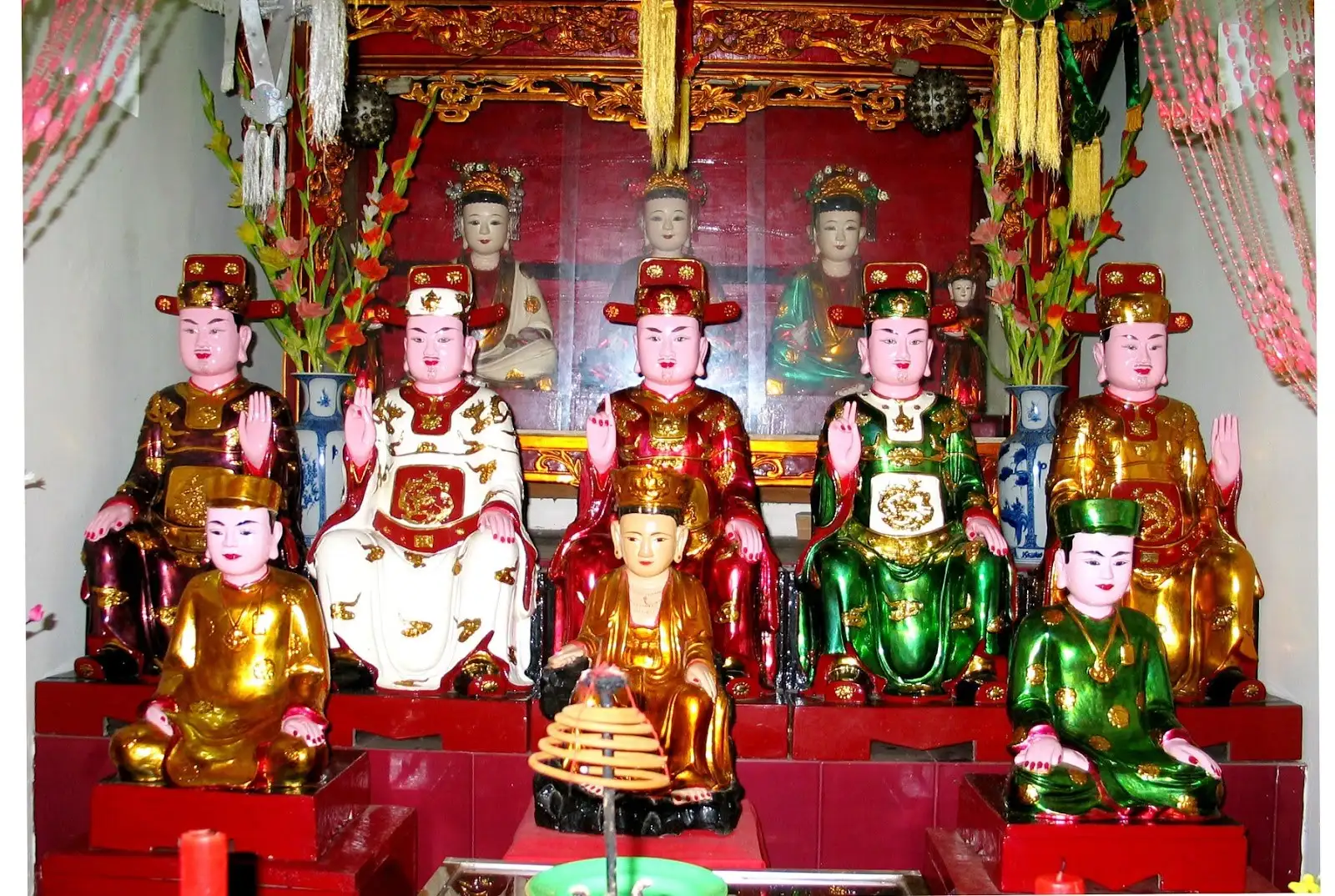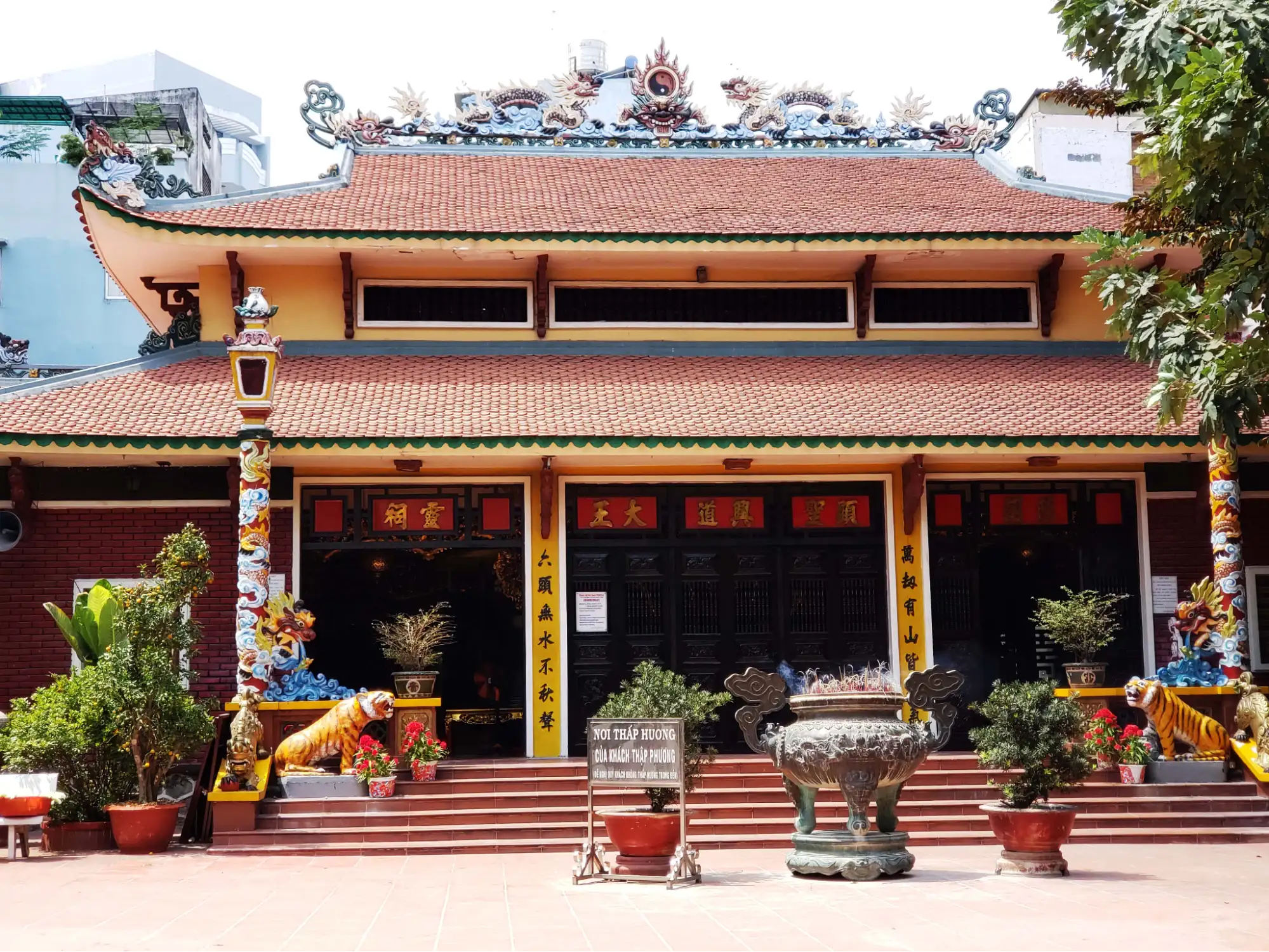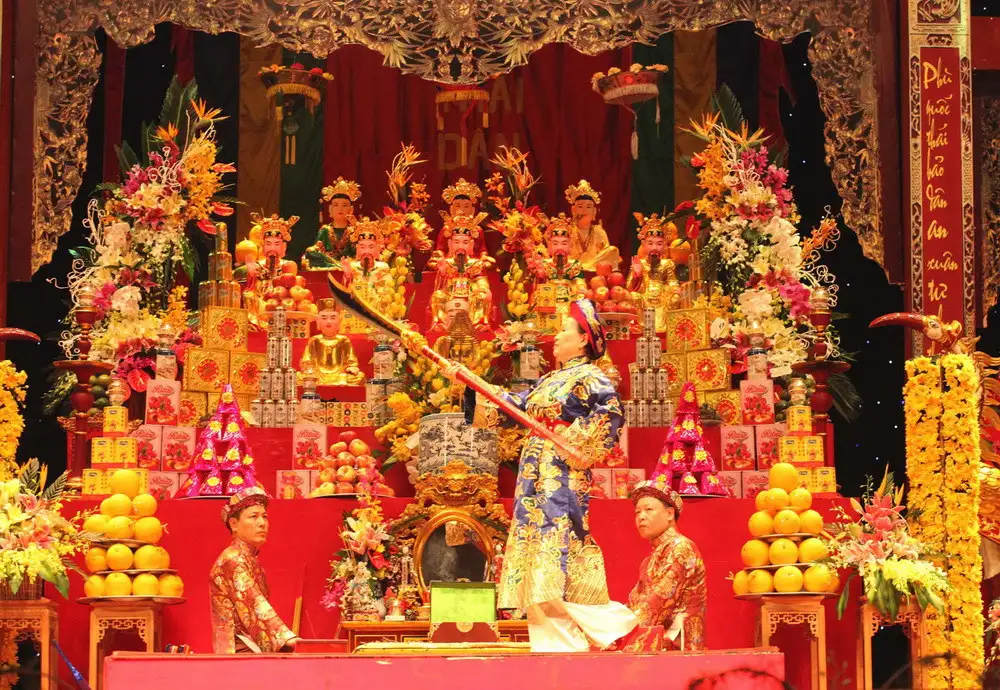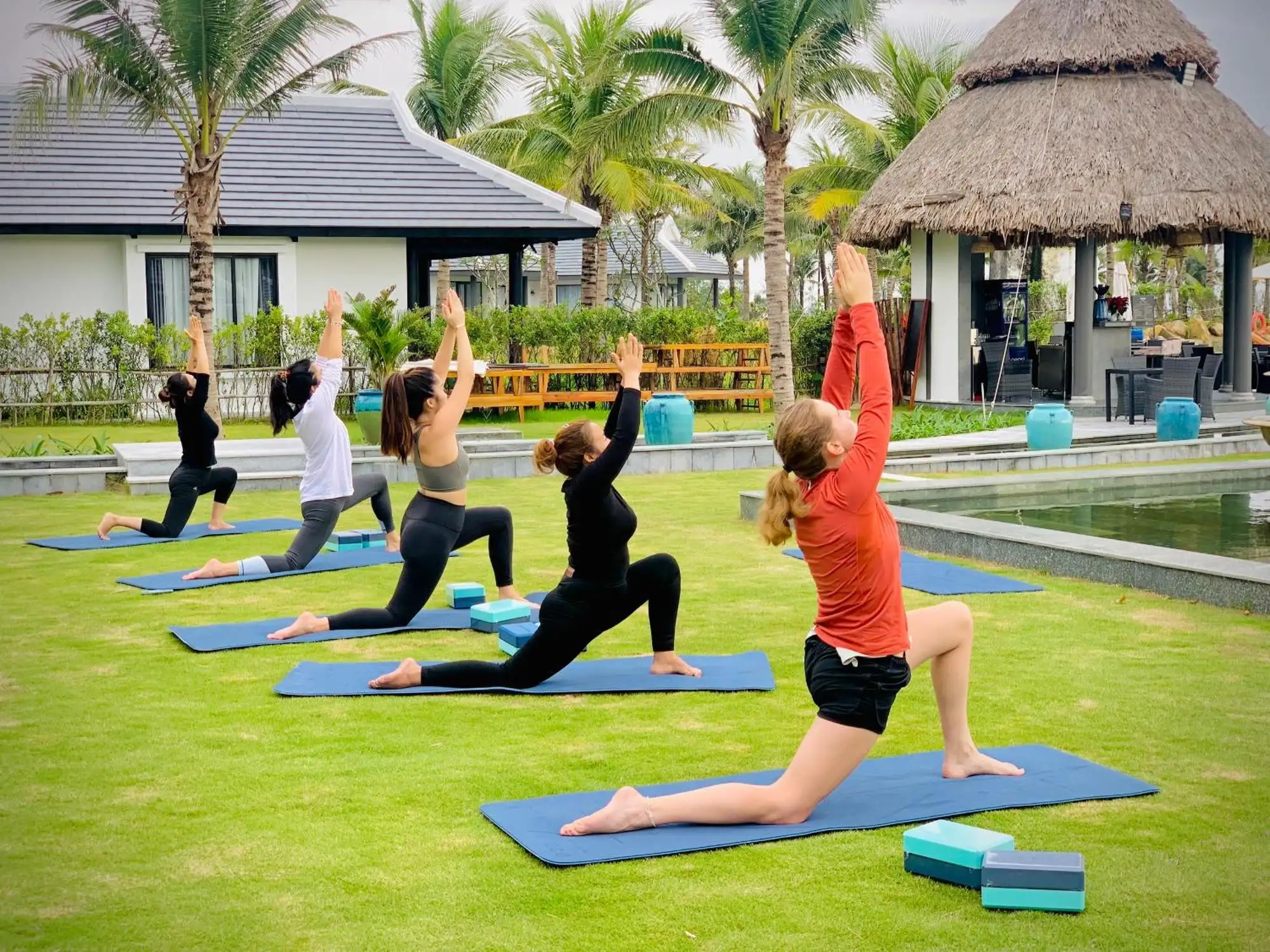Vietnam shamanism: A unique experience for all travelers
When traveling through Vietnam, most visitors come for the food, the landscapes, or the history. But hidden within the temples, mountains, and ethnic villages lies a spiritual world that few truly see – Vietnam shamanism. Curious why Vietnam’s shamanic traditions are capturing the attention of more and more travelers? Let’s take a closer look.
Who are Shamans? What is Shamanism
In many parts of the world, shamans are people who are believed to connect with the spirit world. They lead special ceremonies, help heal sickness, and bring peace or good luck to their community. Shamans often use music, dancing, chanting, or incense to enter a trance and speak with spirits or ancestors.

Shamanism is not exactly a religion. It’s more like a traditional way of understanding the world – where nature, animals, and even the land are believed to have spirits. These practices have been passed down through generations. For travelers, learning about Vietnam shamanism is a special way to understand the country’s culture beyond temples and food.
Read more: Vietnam spirit – Exploring the spiritual heart of Vietnam
Common types of shamanism in Vietnam
Vietnam is home to many different spiritual traditions, and shamanism appears in various forms across the country. Here are some of the most well-known.
The Mother Goddess religion (Dao Mau) and Hau Dong Ritual
Mother Goddess worship, or Dao Mau in Vietnamese, is a traditional belief that honors female spirits. These goddesses are believed to control nature and help people in daily life. There is a goddess of the sky, one of the forests, one of the water, and one of the earth. Vietnamese people believe that these goddesses protect them and bring good health, peace, and good luck.

One of the most important rituals in this belief is called hau dong. In this ceremony, a person called a spirit medium invites the spirits to come into their body. They wear beautiful costumes, dance, and act like the spirit they are representing. Each costume change means a new spirit has arrived.
There is also live music, singing, and sometimes small gifts are shared with the people watching. The ceremony is colorful, emotional, and full of energy. Even though it is a spiritual practice, it also feels like a traditional performance with music and dance. Watching this ceremony is a great way to learn about Vietnamese culture in a deep and meaningful way.
Saint Tran worship and spirit ceremonies
In Vietnam, people also worship Saint Tran, a national hero from the 13th century. He was a great general who helped protect the country. After he passed away, people believed his spirit continued to guard the nation, so they started praying to him.

In some temples, there are spirit possession rituals where the medium invites Saint Trần and other historical spirits to enter their body. These ceremonies include loud drumming, dancing, and chanting. All of this creates a ceremony that is both grand and deeply spiritual.
Shamanism in Vietnam’s ethnic minority groups
In the mountains of northern Vietnam, many ethnic groups like the H’Mong, Red Dao, and Giay still follow traditional shamanic practices.

In these communities, the shaman plays a very important role. They help people when they are sick, solve spiritual problems, and connect with ancestors. Ceremonies often take place in homes or outside in nature. The shaman uses tools like drums, bells, incense, or herbs while chanting and dancing.
Fortune-telling
In Vietnamese spiritual culture, fortune tellers who interpret astrology, facial features, feng shui, or the I Ching represent a common and influential form of shamanism. Unlike traditional shamans who perform elaborate rituals such as spirit possession or soul-calling, fortune tellers operate more quietly but still play a significant role in people’s daily lives.

Many Vietnamese people believe that every major decision in life such as getting married, building a house, starting a business should be made on an auspicious day. Because of this belief, the advice of a fortune teller is often followed strictly. In some cases, it can lead to dramatic changes, such as moving house in the middle of the night, canceling a wedding due to incompatible birth charts, or even ending a marriage if the couple is not considered astrologically matched.
Although fortune tellers do not perform traditional spiritual ceremonies, they are still seen as intermediaries between the human world and the spiritual realm. They help people find direction, ease anxiety, and feel a sense of guidance in uncertain times. This form of shamanism reflects a more modern and urban expression of Vietnamese folk beliefs, while still maintaining a strong connection to the unseen world.
Where to experience Vietnam Shamanism?
If you’re interested in exploring Vietnam’s unique spiritual traditions, here are some of the best places to experience different forms of shamanism across the country. From colorful rituals in mountain villages to sacred temples in ancient cities, all of these will give you a truly unique experience while traveling through this S-shaped land.
Explore Shaman ceremonies when visiting ethnic villages in Northern Vietnam
Highland villages like Ta Phin, Lao Chai, and Ta Van are not only known for their untouched natural beauty, but also for preserving the ancient shamanic rituals of ethnic groups such as the H’Mong, Red Dao, and Giay. Here, you can witness traditional ceremonies like soul-calling rituals, exorcisms, and ancestor-inviting rituals, … sacred practices performed by revered village shamans to connect the living with the spiritual world.
These rituals are most commonly held during the festive season at the beginning of the lunar year – from the 12th lunar month to the 3rd lunar month (approximately January to April in the Gregorian calendar).
The H’Mong Lunar New Year, which usually occurs a month earlier than the traditional Vietnamese Tet (around the end of the 11th lunar month), is a special time to witness these rituals being performed in their most authentic form. Additionally, spring festivals such as Gau Tao (often held shortly after Tet) are rich with shamanic elements tied to blessings, fertility, and protection for the community.
These moments offer rare insight into the deeply rooted spiritual beliefs of the local people, where the visible and invisible worlds seem to merge in a misty, sacred landscape.
Spirit possession rituals at Northern temples
Vietnamese shamanism in the Red River Delta is different from that in the highlands. It centers on the worship of the Mother Goddess (Dao Mau) through the hau dong ritual, where mediums go into trance and embody deities from the Four Palaces. This often takes place at sacred temples like Phu Tay Ho, Song Son, Lanh Giang, and Co Be Thuong Ngan, where people come to pray for luck and peace.
Hau dong rituals take place all year, but the most active season is from the first to fourth lunar months (around February to May). The biggest event is the Phu Day Festival, held from the 3rd to 10th day of the third lunar month, when thousands of mediums and Dao Mau followers gather to perform rituals and honor the Mother Goddess. The seventh and eighth lunar months (Vu Lan and Mid-Autumn) are also important, with many temples hosting large initiation ceremonies and hau dong sessions.
Explore Dao Mau and Chau Van through cultural performances
If you’re interested in exploring Vietnamese shamanism in a more accessible way, attending cultural performances of Chau Van in Hanoi is a great option. These events offer insights into the Đao Mau belief system and the art of hau dong.

Instead of attending full-length hau dong rituals that can be long and highly ceremonial, you can explore Vietnamese shamanism through cultural performances that recreate key spirit possession scenes with brief explanations. These performances offer a more accessible way to understand the philosophy of Dao Mau and the beauty of Chau Van singing. It’s definitely an experience not to be missed for anyone interested in shamanism and the spiritual world.
In Hanoi, you can visit the Cheo Theater, which regularly hosts folk art programs featuring Chau Van performances, especially during the early-year festival season.
Healing retreats inspired by Shamanism
In recent years, healing retreats with local spiritual elements have become more popular in Vietnam, especially in peaceful, nature-filled places like the Northwest. These retreats may not follow traditional shamanic rituals exactly, but they offer calm and meaningful experiences inspired by shamanism. The focus is on reconnecting with nature, the body, and the unseen world in a gentle way.
Most retreats last 3 to 7 days. They often include meditation, yoga, breathwork, and moon rituals. Guests can also enjoy herbal steam baths, river bathing, plant-based meals, and meet with local shamans or healers. Some programs offer energy cleansing, full moon meditation, and special rituals to connect with ancestors or heal emotional wounds – reflecting the spirit of Vietnamese shamanism.

Read more: Explore Vietnamese meditation retreats
One great example is the sunrise yoga and meditation at Bliss Hoi An Beach Resort & Wellness. While it’s not directly linked to Vietnamese shamanism, it offers a peaceful setting to slow down, breathe deeply, and feel close to nature. It’s perfect for those who want to relax and recharge both body and mind.
Exploring Vietnam Shamanism not only deepens your understanding of Vietnamese spiritual life but also brings you closer to cultural values that are slowly fading in today’s fast-changing world. If you have the chance, take time to experience it firsthand to truly feel the depth and richness of this unique spiritual tradition.








